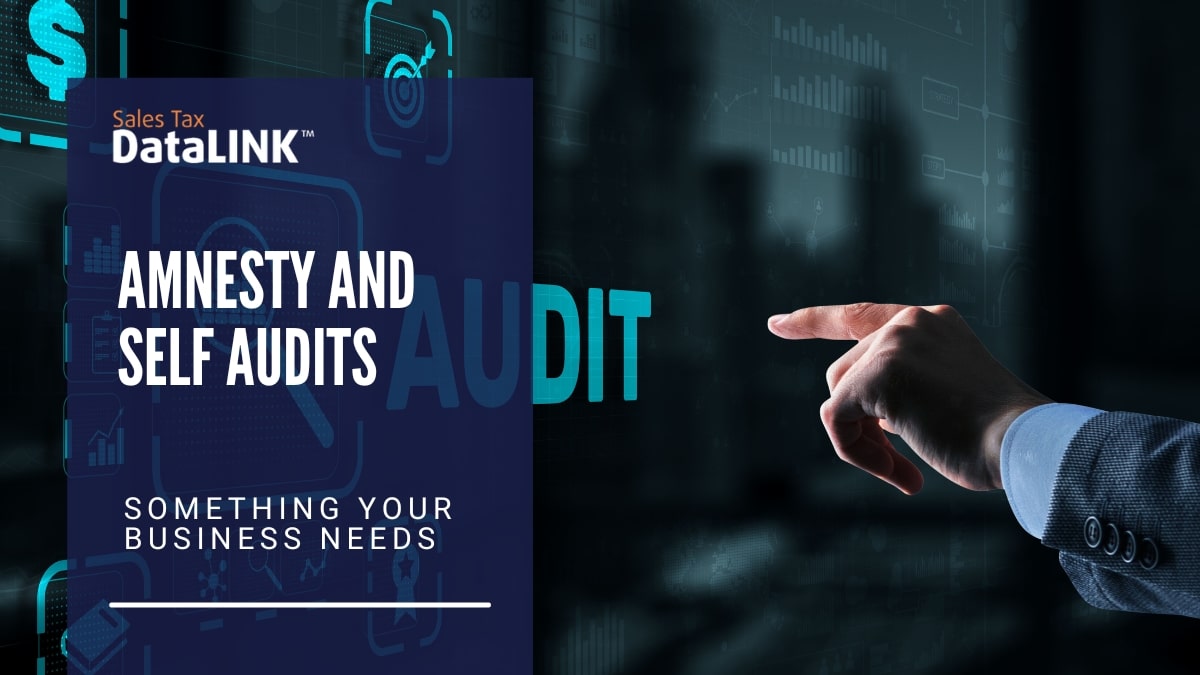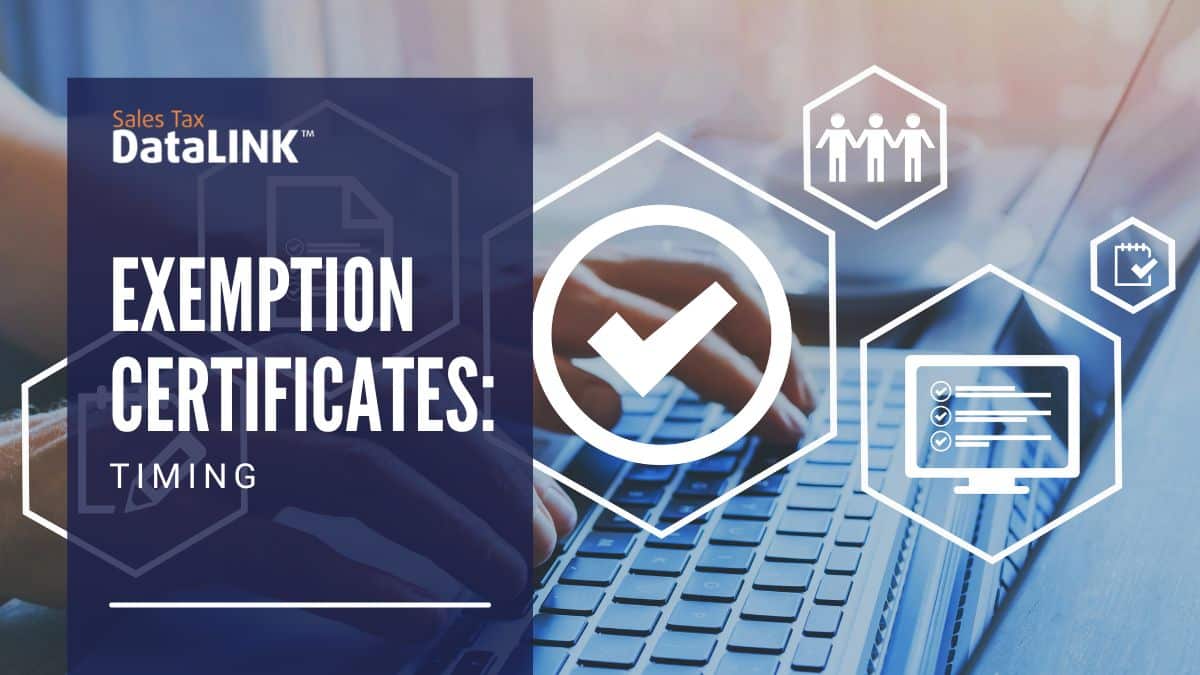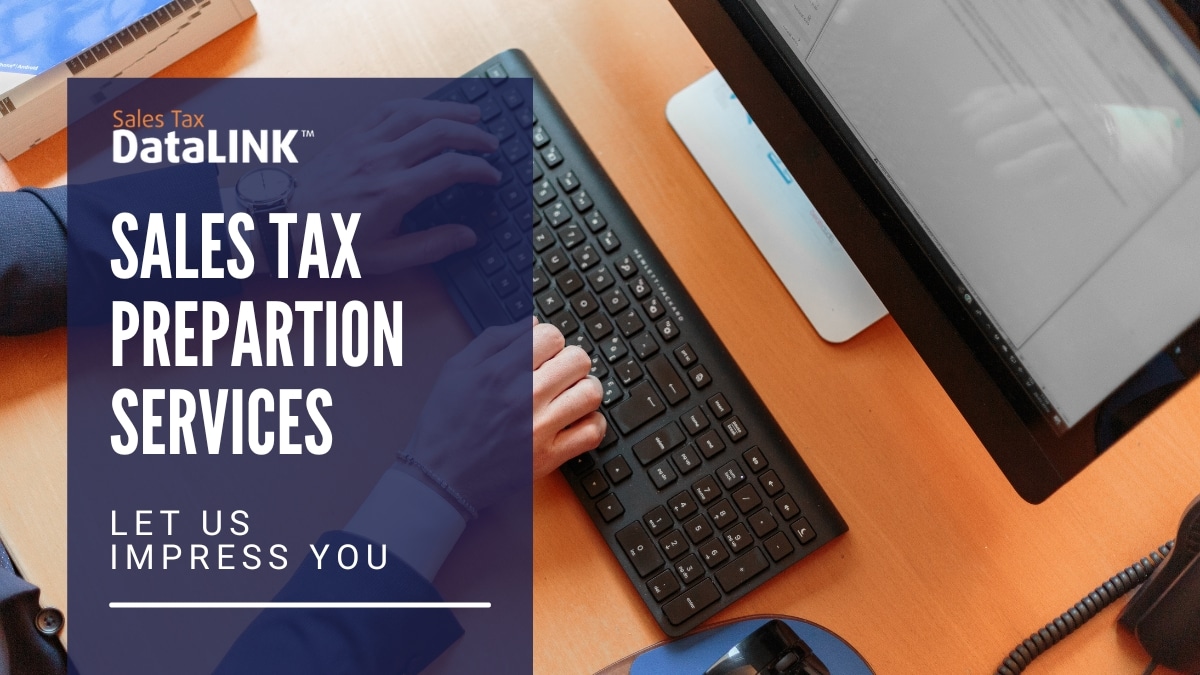During a recent discussion on a LinkedIn sales tax group about Self-Audits for professional development, one sales tax expert concluded that it’s next to impossible for small companies to complete self-audits when they have few resources. It’s true that you often don’t have time to do a sales tax self-audit, especially when you have plenty of other duties on top of sales tax management. However, sales tax self-audits are something for which your business absolutely needs to make time. Self-audits aren’t just for professional development but that is certainly a benefit and a good motivator to try one if you haven’t before. When you’re not doing self-audits, you’re essentially neglecting to check your work and leaving your business open to lots of unknown liabilities that you could fix.
If your business is ever audited, you’ll kick yourself for not doing a self-audit when you see the amount of penalties you’ll be required to pay. If you had done a self-audit and caught the issues before an audit, they could have been corrected with lower penalties or even none. The best reason to do self-audits, however, is when amnesty is offered by tax jurisdictions. Amnesty is when states decide to waive penalties or even whole portions of your past unreported sales taxes and instead lets businesses pay a certain amount due to get a clean slate. For instance, Vermont is running an amnesty program until May 2014 to encourage businesses to self-audit.
It can be hard to see the payoff in doing a self-audit during an amnesty period when you don’t even have enough time to get the basics done. Audits happen, however, and it’s really only a matter of time before you’re caught holding the bag. This might mean shuttering up your business if you have a lot of liabilities. Even if you have to bring in temporary, part-time help or even outsource it, doing a self-audit can save you more money than the cost. How often should you self-audit? Optimally, you should regularly self-audit once a quarter. The more often you do a self-audit, he faster it goes. At the bare minimum, do it at least once a year. If you’re worried about how long it takes and how expensive it will be, ask for a free demo of our Sales Tax DataLINK software — it makes it fast and as painless as possible to find error spots.




